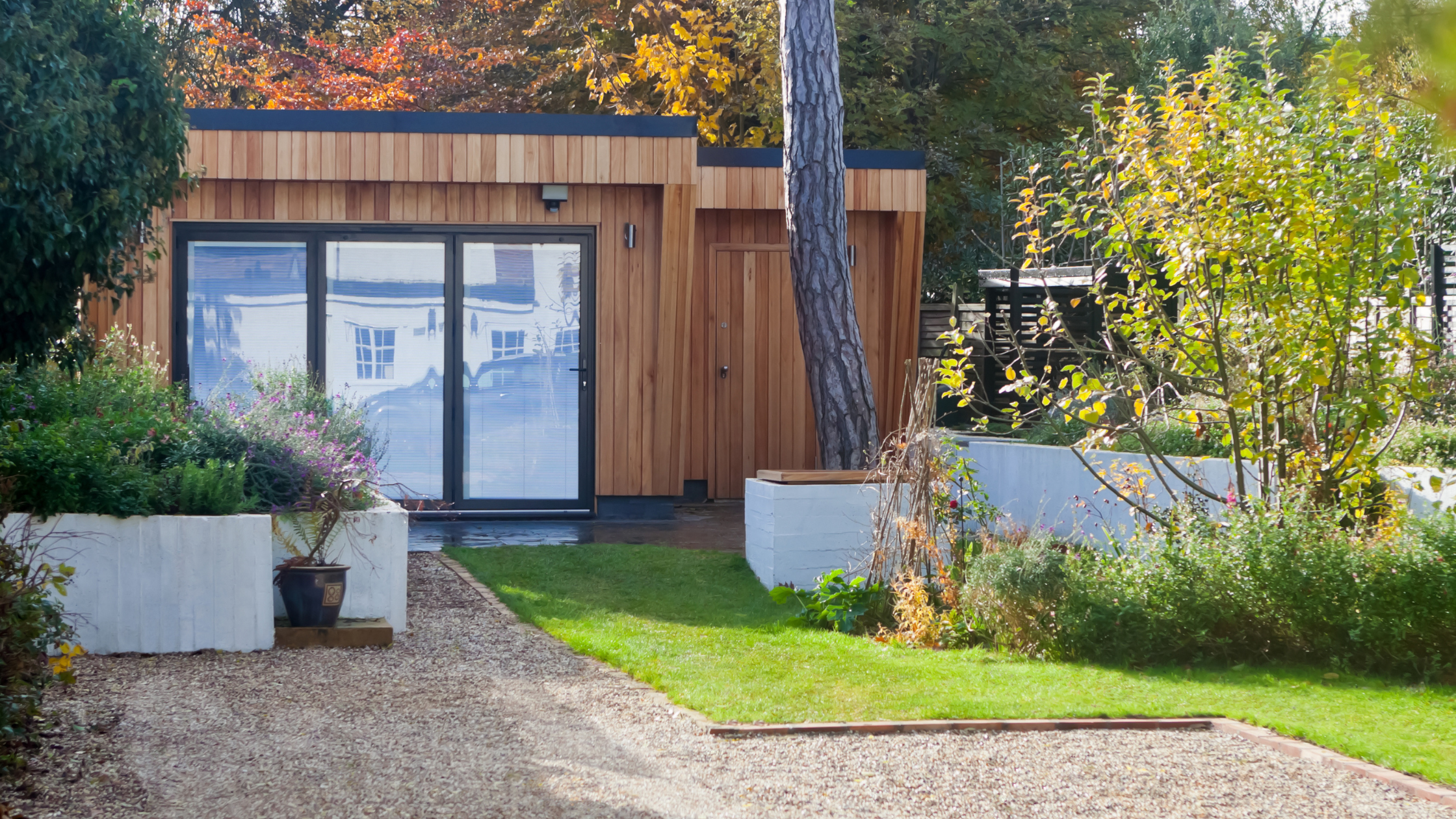Considerations for sustainable garden building design
Garden buildings, such as sheds, greenhouses, and outdoor living spaces, can be a great addition to any garden. However, they can also have a significant impact on the environment, with traditional building materials and designs contributing to carbon emissions and other environmental issues. If you’re planning to build a garden building, it’s important to consider eco-friendly design options that minimise your carbon footprint and promote sustainability.
Choose Sustainable Materials
The materials you choose for your garden building can have a significant impact on its sustainability. Whenever possible, opt for eco-friendly materials such as recycled wood, reclaimed bricks, and natural stone. These materials are often more durable and can last longer, reducing the need for frequent replacements and repairs. Consider also using insulation made from natural materials like sheep wool or recycled denim.
Use Renewable Energy Sources
Consider incorporating renewable energy sources, such as solar panels or wind turbines, to power your garden building. This can help reduce your dependence on non-renewable energy sources and decrease your carbon footprint. Solar panels are particularly popular as they can be easily installed on the roof of your garden building and provide a reliable source of clean energy.
Implement Energy-Efficient Features
In addition to using renewable energy sources, there are many energy-efficient features you can incorporate into your garden building to reduce your carbon footprint. These include LED lighting, low-flow water fixtures, and energy-efficient windows and doors. Such features can not only reduce your carbon footprint but can also save you money in the long run on your utility bills.
Consider Passive Solar Design
Passive solar design is a strategy that uses natural sources of heat and light to reduce the need for artificial lighting and heating. This can be achieved by orienting your garden building to face the sun and incorporating large windows to allow natural light to flood the interior. This can also help reduce your energy costs while enhancing the overall comfort and ambience of your space.
Incorporate Green Technologies
Green technologies, such as green roofs, rainwater harvesting systems, and composting toilets, can also promote sustainability in your garden building. Green roofs can help regulate temperature, improve air quality, and provide a habitat for birds and insects. Rainwater harvesting systems can collect and store rainwater for use in watering your garden or cleaning your garden building. Composting toilets can convert human waste into fertiliser, reducing water consumption and promoting sustainable waste management.
The benefits of sustainable outdoor office design
Sustainable outdoor office design offers a myriad of benefits that extend far beyond its eco-friendly appeal. Firstly, it fosters a healthier and more productive work environment. By integrating natural elements like greenery and optimising access to sunlight, outdoor offices create a refreshing atmosphere that reduces stress, enhances mood, and promotes employee well-being. Improved air quality and circulation further contribute to a healthier workspace, reducing the risk of indoor pollutants that can often accumulate in traditional office settings. Moreover, the connection to nature can boost creativity and cognitive function, inspiring employees to think more innovatively and problem-solve effectively.
Additionally, sustainable outdoor office designs are inherently cost-effective in the long run. Incorporating energy-efficient features such as solar panels, rainwater harvesting systems, and passive heating and cooling techniques can significantly reduce utility bills and the overall carbon footprint of the workspace. Furthermore, the use of recycled and locally sourced materials minimises waste and supports local economies. This not only aligns with corporate sustainability goals but can also enhance a company’s reputation and attractiveness to environmentally conscious clients, partners, and talent. In sum, the benefits of sustainable outdoor office design extend beyond the immediate advantages of a green workspace, making it a forward-thinking and pragmatic choice for modern businesses.
These articles may also interest you:
10 Unique Garden Building Ideas to Transform Your Outdoor Space
Interior Design Ideas for Your Treehouse Interior: Creating a Unique Retreat in Nature
Transform Your Back Garden with a Bespoke Outdoor Home Spa
Choose Handmade Hideaways for your garden building design
In conclusion, building a sustainable garden building requires careful consideration of eco-friendly materials, renewable energy sources, energy-efficient features, and green technologies. By implementing these strategies, you can reduce your carbon footprint and promote sustainability in your garden while creating a beautiful and functional outdoor space.
At Handmade Hideaways, we invite you to take the first step towards transforming your outdoor space into a bespoke haven of relaxation and inspiration. Our team of skilled artisans and designers are eager to collaborate with you on crafting the garden building of your dreams. With years of experience in creating unique and sustainable outdoor sanctuaries, we understand the importance of blending functionality, aesthetics, and environmental responsibility.
Whether you envision a tranquil home office, a cosy cabin retreat, or an enchanting garden studio, our personalised consultations will bring your vision to life. Embrace the opportunity to reimagine your outdoor space with Handmade Hideaways, where every structure is a masterpiece of artistry and sustainability. Book your consultation today, and let us embark on this exciting journey together!

